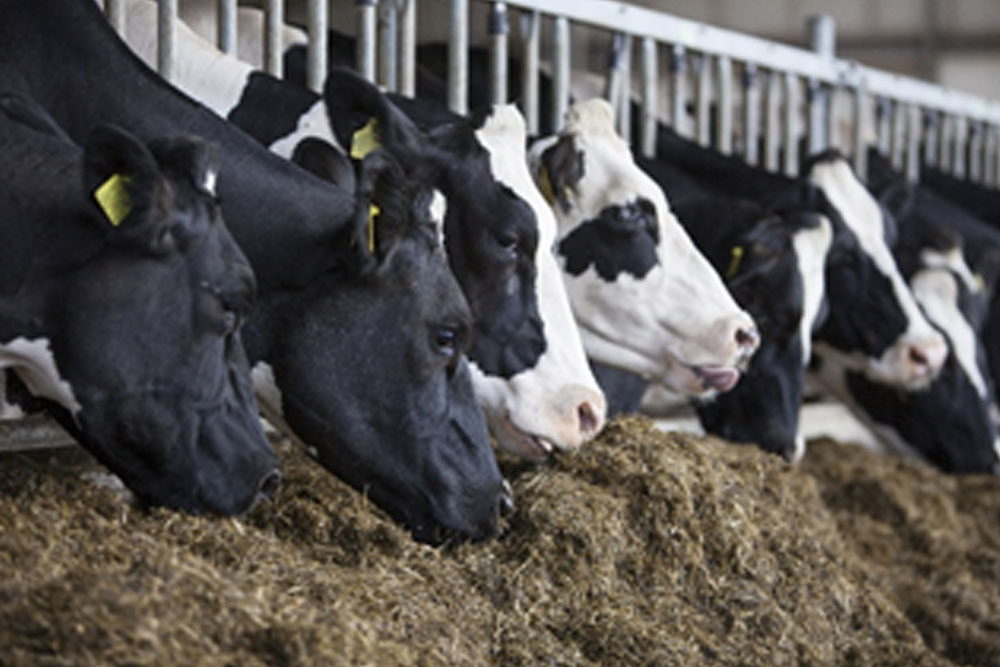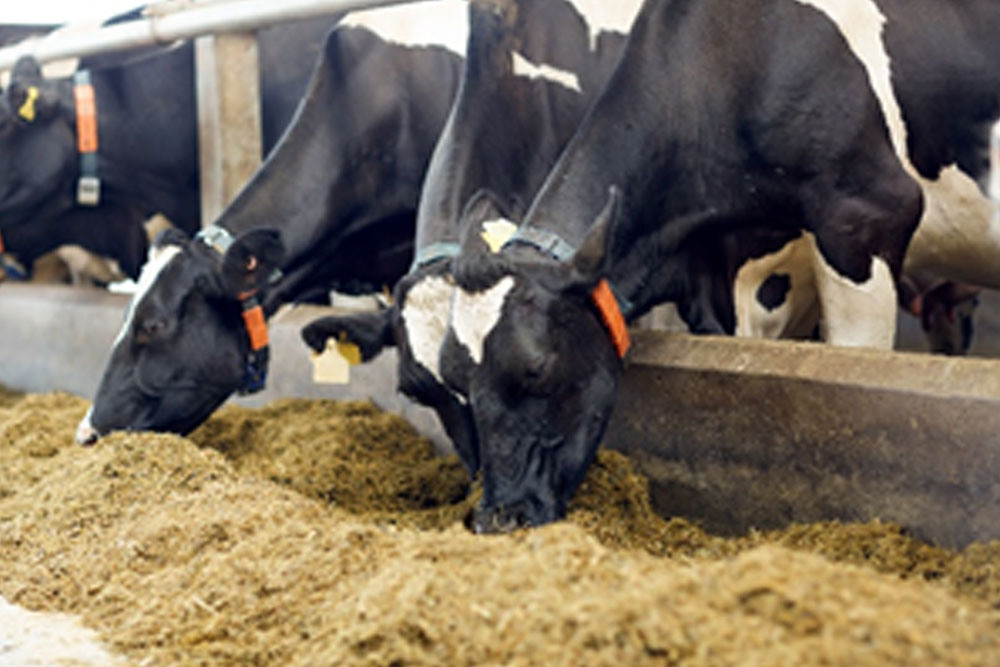FAR-OFF DRY COWS - TRANSITION DAIRY COWS NUTRTION

The transition phase, which begins three weeks before calving and ends three weeks after calving, is a key and high-risk period for dairy cows. The cow will not only calve, but she will also be required to produce enough high-quality milk afterward.
Cows’ immunological responses are suppressed during the transition phase, and feed intake levels might drop by 25%. This can have a negative impact on following lactation results, including as milk output, milk quality, and reproduction. It can also contribute to an increase in cow hoof problems during lactation, resulting in increased lameness in cows and possibly even culling.
Normally we don’t pay much attention to dry cow and forget them until they are ready to calve. Always remember that these cows represent one of the most important groups in terms of the future profitability of a dairy farm. Proper care, feeding and management of the dry cow can help improve milk production and health of the cow during the next lactation. Always remember that poor management practices during the dry period may decrease milk production leading to heavy economics losses. So, attention to details during the dry period is important for a profitable, sustainable and productive dairy farm. The dry period needs to be regarded as an important beginning to the next lactation.

Have we ever thought that, why do cows need a dry period? First, the dry period is important for the rest and regeneration of tissues in the udder. Studies have shown that a short or absent dry period reduces the number of secretory cells in the udder, and therefore, subsequent milk production is reduced.
Second, the dry cow is fed a high-fiber roughage diet, which helps restore the muscle tone of the rumen and allows time for any lesions in the liver to shrink. Thus, dry cows should be fed on fibrous fodder and forage to stimulate cud chewing and ultimately increase rumen contractions and muscle tone, long stemmed hay is ideal to feed. In addition, three-quarters of the growth of the calf occurs during the last two months of gestation, so the dry cow needs to be fed to maintain herself and allow the calf inside her to grow properly. Restricting energy intake will not result in a smaller calf but a dry cow in poorer body condition.

Despite the fact that far-off dry cows are not included in the transition phase, it is critical to prepare these cows for their return to the milking herd. The trick is to eat a well-balanced diet with enough, but not too much, energy. Here are some suggestions for properly managing your distant dry cows.
- Diets should contain between 0.60 and 0.63 Mcal NE/lb. of dry matter.
- Feed wheat straw or high neutral detergent fiber grass hay, combined with the appropriate amount of corn silage and grain, to offer minimal but necessary energy.
- Add sufficient levels of trace minerals and vitamins to the grain mix to prevent compromised immunological function, such as selenium (0.3 ppm in total diet) and vitamin E (1,000 IU/day for dry cows and 500 IU/day for lactating cows).
- Incorporate at least 12% crude protein into the diet.

- Throughout the dry period, the body condition scores (BCS) should range from 3.0 to 3.25 on a scale of 1 to 5.
- To avoid heat stress, provide enough of heat absorption. Shade trees are effective as long as they are rotated to keep germs from developing in the damp or dry soil beneath them.
- Prevent dry cows from congregating in certain areas of the field for an extended period of time, resulting in mud pits where bacteria can thrive.
At Dasan we are thrilled to offer a comprehensive range of quality assured Pakistan’s best dairy feeds/ best dairy wanda. Our vision is to manufacture consistent quality feeds through advanced methodologies that enhance food safety for us all and our future generations.
